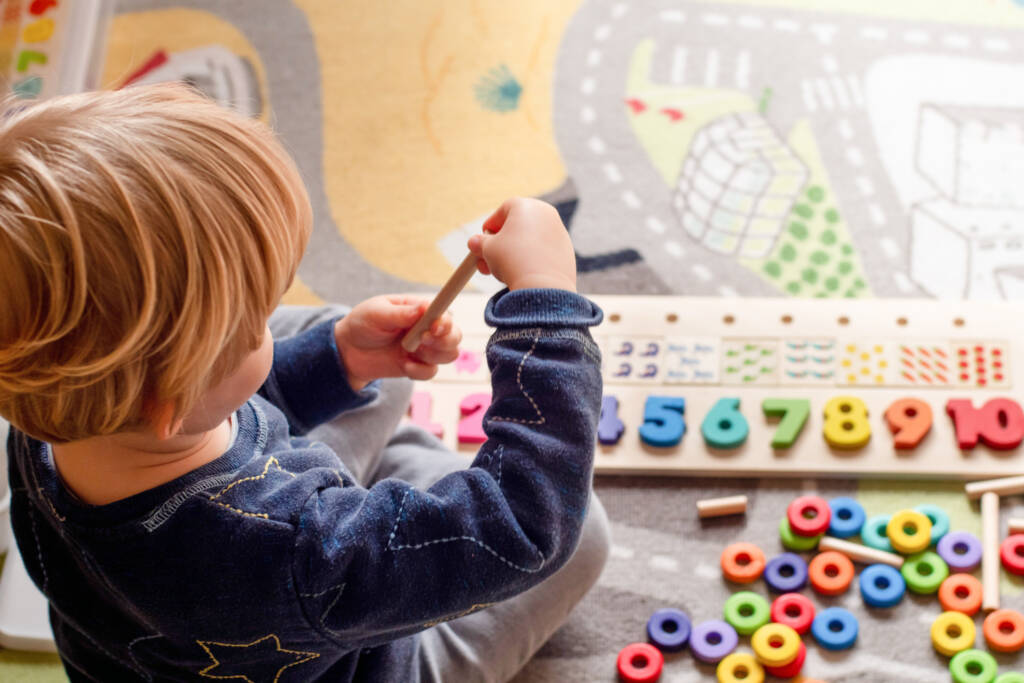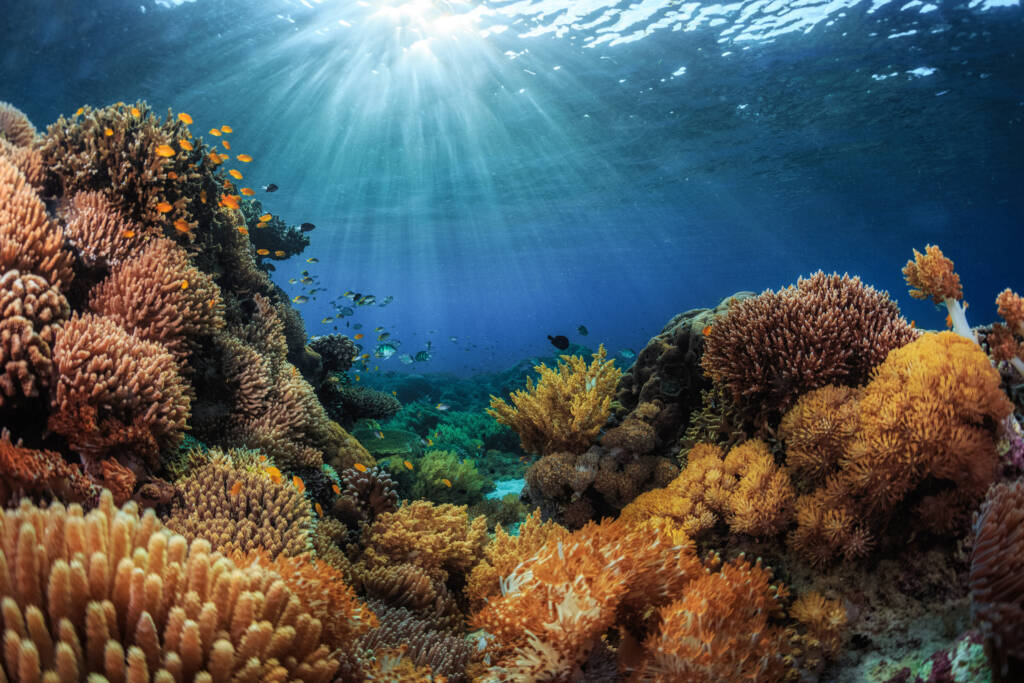
Human Growth and Development

From the moment you’re born, you’re a learner. Your learning environment might not be a classroom quite yet, but you are growing and developing all the same. Your parents will likely keep track of milestones like your first smile and first steps, but growth and development isn’t just a focus for mom and dad; teachers must also understand the connection between students’ development and how to work best for their success. In this course, you’ll learn about human growth development from infancy through adolescence, including ways to plan for working with students through those stages. You’ll learn about different theories of development, as well as how to apply those theories to meet the varying needs of students in your classroom. You’ll also learn what can affect a student’s development, including health and safety concerns, heredity, and their environment. By continuing to develop a portfolio and participating in field observations, you’ll observe children of various ages to see first-hand how teachers make the connection between theory and the classroom.
Major Topics and Concepts
Segment One:
Module 01 The Starting Line
- Characteristics of human growth
- Stages of growth
- Cognitive development
- Learning through play
- Emotional development
- Learning through imitation
- Windows of opportunity
- Speech development
- Childhood trauma
- Nature vs. nurture
- Zone of proximal development
- Special needs
- Discipline
- Self-regulation
Module 02 More Than One Way
- Factors influencing education
- Language development
- Stages of reading development
- Phonemic and graphemic awareness
- Learning styles
- Multiple intelligences
- Learning theories
- Changes in classroom practices
- Fostering growth mindset
- Grit
- Module 03 Making an Impact
- Maslow’s hierarchy of needs
- Meeting student needs
- Direct instruction
- Cooperative learning
- Project-based learning
- Student-centered strategies
- Differentiation
- Classroom management
- Proactive planning
- Strategies to correct student behavior
Segment Two:
Module 04 Laying It All Out
- Curriculum
- Unpacking standards
- Universal design for learning
- Understanding by design
- Formative vs. summative assessments
- Criterion- and norm-referenced assessments
- Bell curve
- Effective lesson planning
- Key elements of a lesson plan
- Essential questions
- Writing learning objectives
- Strategies to recover from lesson flops
- Module 05 Providing Support
- Physical exceptionalities
- Developmental exceptionalities
- Behavioral exceptionalities
- Sensory exceptionalities
- Supporting students with exceptionalities
- 504 Plans and IEPs
- Least restrictive environment
- Special education law
- Types of accommodations
- Serving gifted and talented students
Module 06 Keeping Them Safe
- Signs of child abuse and neglect
- Types of abuse
- Recognizing child abuse
- Mandated reporting
- Recognizing substance abuse
- Types of substances used by students
- Strategies to reduce effects of abuse
- Reducing health-threats in the classroom
- Fire safety
- Universal precautions
- Appropriate supervision
Competencies
Child Development
Students will demonstrate an understanding of child development by describing the stages of physical growth, explaining the development of speech, and describing emotional development.
Learning
Students will demonstrate an understanding of the learning process by explaining factors that influence learning, describing learning theories, and explaining neuroplasticity.
Student-Centered Instruction
Students will demonstrate an understanding of student-centered instruction by explaining human needs, describing learner-centered strategies, and describing classroom management strategies.
Curriculum Design
Students will demonstrate an understanding of curriculum design by explaining standards, describing types of assessments, and describing strategies for lesson planning.
Exceptionalities
Students will demonstrate an understanding of exceptionalities by describing the types of exceptionalities, explaining exceptional student regulations, and describing accommodations.
Student Safety
Students will demonstrate an understanding of student safety by explaining child abuse protocols, explaining substance abuse protocols, and describing health and safety precautions.

